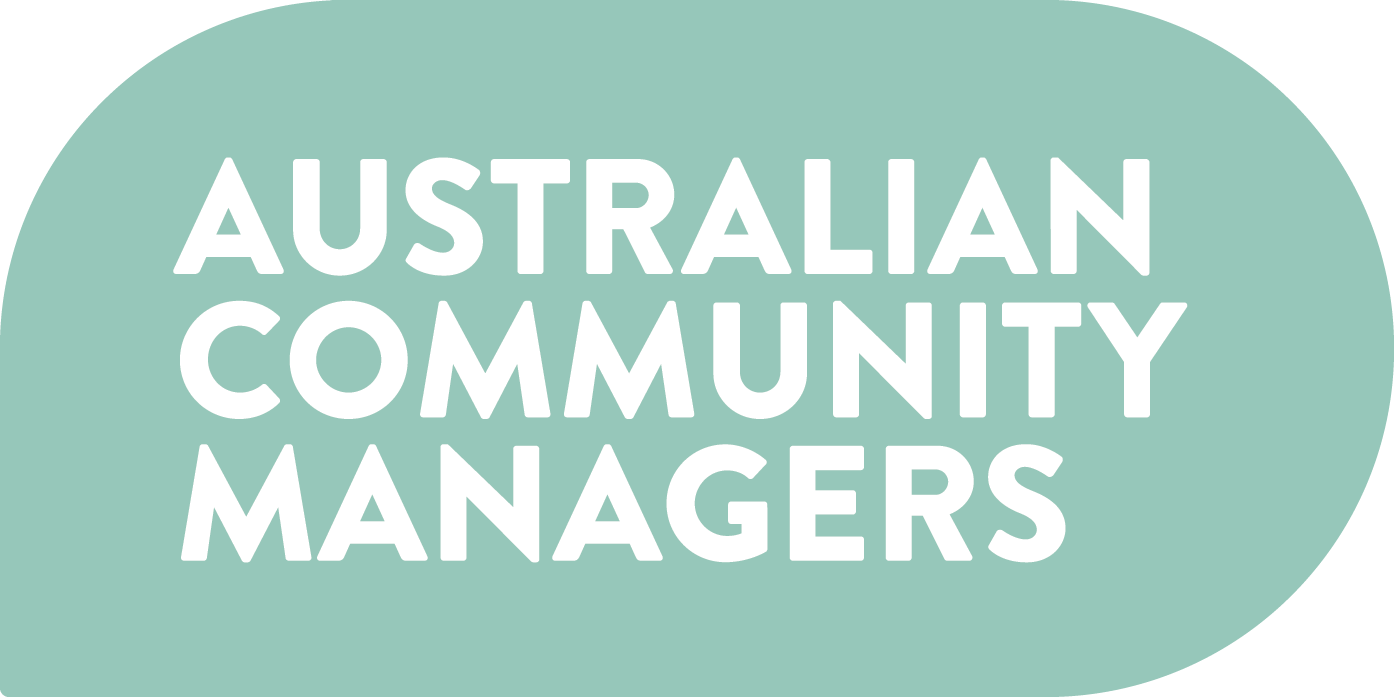Tips for community managing virtual events
We’re running more digital-first events than ever, and there’s some great advice out there about how to prepare and stage them. But just like an offline event, getting things live is just the beginning. Online events need community management to truly catch fire.
Here are some simple tips from the community management playbook to help you nurture optimal engagement before, during, and after.
Build tech literacy
Community managers help remove obstacles to constructive participation, and technology can be a significant obstacle. Choose tools carefully and don’t assume existing knowledge or fluency.
Pre-event content should be sent early to teach people how to access and use any technology they’ll need to participate. Have guides, FAQs and other helpful assets on hand during the event if issues arise (they invariably will).
Rules of engagement
Choose and communicate ground rules in advance of people gathering. This shapes the culture you’re working to build, so be clear, and don’t be afraid to exclude behaviours that aren’t appropriate for your event or organisation.
Things you’ll want to consider: When should people arrive? How do people signal that they would like the floor in a group discussion? Ensure you have a dedicated human (or more if the event is large) to oversee interactions, reward those contributing in the right way, and pull-up those who aren’t.
Cater to the spectrum
There are many types of engagement along the spectrum and everyone’s comfort zone is different. Just because someone is quiet, doesn’t mean they’re not enjoying the experience, or can’t contribute in additional ways (their attention is also a contribution remember).
Don’t create an event where there’s only one way to get value, be seen and be heard. Set-up zones for asynchronous conversation, pre-gathering connections and networking, even digital zen and escape during a busy time. Craft them to suit your event purpose and goal, define the role of each clearly and incorporate that into your communications and expectation setting.
Consider timing
Think about the timing of your event. Not just the official start and end, but the overall temporal quality. Do you want it to feel energised and vibrant? Then you’ll need to schedule, manage conversations, and change-overs rapidly, with focused urgency. Do you want it to be slow-boil or meditative? Build-in breaks for reflection, private chats, even mindfulness that can help some people absorb content more effectively.
A mix of each is usually a good idea if you have a conference-style event with multiple content components over more than 24 hours. Do your homework, know your audience appetites, preferred rhythms and needs, and make sure you have the digital spaces to offer the right moments at the right speed.
Moderate participation
We want people to be active participants in our digital events, but it’s important that participation is carefully curated to create meaning and value. Have at least one moderator whose dedicated job it is to oversee conversations in chat or social areas, whether they’re public or semi-public. Make sure you’re able to take a conversation into a discreet channel if needed and remove people who refuse to abide by the rules. Will sensitive content be discussed? What’s your plan if people react poorly, or if crisis strikes?
Make sure people are abiding by the house rules and everyone who wants to participate is getting a fair chance to. You may want to proactively highlight voices who are often excluded from discussions in your industry or area – for example, women and POC in a conference about technology or banking. Just make sure these choices are called out as part of your event policy and are demonstrated consistently and fairly.
Create a team zone
If you have a team running the event – whether it’s two or you or 20 – how that team relates and collaborates has a big impact on the success of the event. Regardless of fancy tools and quality of content, participants can tell if those behind the scenes are tired, disorganised and not cooperative.
If your team is not co-located (and odds are they’re not in our COVID era), create a separate virtual space where team members can ask for help, share insights or tips, and support one another. This avoids clunky back-and-forth with emails or messaging in the background, and keeps everyone aligned.
Extend the conversation
After the event wraps, don’t let the magic wane. Send relevant follow-up content to participants. Think about how you and your participants can build on the relationships you’ve opened up during the event.
If there has been a terrific bunch of conversations happening, find a strategic place (or places) to redirect their energy and value, such as your existing online community? Perhaps an email digest or chat channel?


